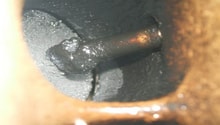Mercedes-Benz C-Class and C-Class AMG: Why is My Car Losing Power?
Having your C-Class or C-Class AMG's engine lose power is definitely a major problem. Finding the problem, with help from this article, can make a sizable difference in your repair bill in the end. Eliminate the problems here, and if you have to go to the dealer, it will cost you a lot less.
This article applies to the Mercedes-Benz C-Class and C-Class AMG (2007-2014).
Mercedes-Benz has a reputation for building the finest automobiles in the world. As such, Mercedes does go to great lengths to ensure that the engines it builds last for hundreds of thousands of miles. Still, there are times when a combination of problems end up producing an engine that makes less and less power. We've listed some of the items an enthusiast will need to perform. The more you know, the better.

Materials Needed
- OBD-II scanner
- Compression test kit
- Air filter
- Spark plugs
- Fuel injector
Step 1 – Check the computer with an OBD-II scanner
This should be the first step in diagnosing trouble in your engine. You'll find that the computer will register a "limp home" situation, meaning the engine won't allow the engine to produce normal power until the situation is remedied. This is especially important when there are problems with emissions and misfires. If you don't have an OBD-II scanner, you may be able to have an auto parts store scan the engine and provide the engine's reading.
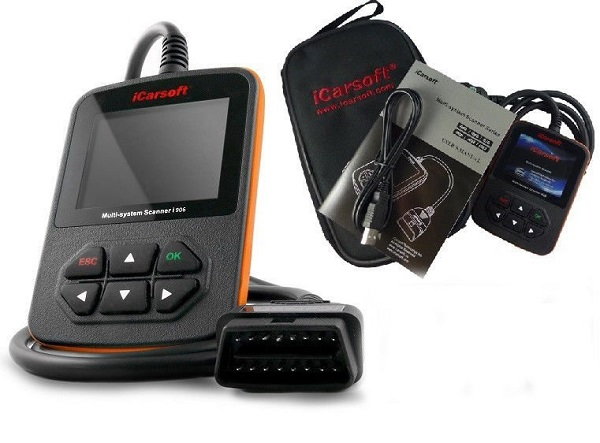
Step 2 – Check the air filter
A clogged air filter can restrict air flow into your engine and, if this situation is not remedied, the air/fuel ratio will be too rich as the computer controls will no longer function properly. You should remove the air filter from your engine, inspect the filter and shake it to loosen any debris. Alternatively, replace the filter with a new unit if your filter is heavily clogged.

Step 3 – Check the spark plugs
Spark plugs have a major effect on how your engine runs. You can have a spark plug that looks OK but, for some reason, is no longer is able to spark adequately. On a C-Class, you'll find the spark plugs easy to get at; changing the spark plugs is a definite plus and can make your engine run like new. You can refer to the forums at MBWorld.org for popular brand choices and other possible tips.
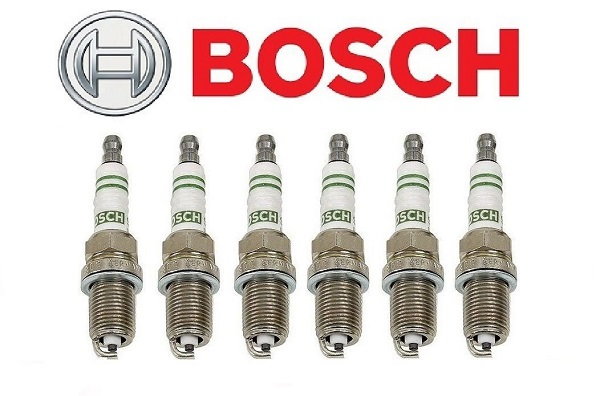
Step 4 – Check the fuel injectors
One of the few products that Mercedes actually recommends is Chevron Techron as it will clean your fuel injectors. It is about the easiest way to fix dirty fuel injectors. However, If there is a problem with your fuel injectors, it is quite likely that a Check Engine light will come on and a trouble code will register. You can test for a failing fuel injector by switching one injector from another cylinder. If the failing condition follows the injector, then that is the one that needs replacing.
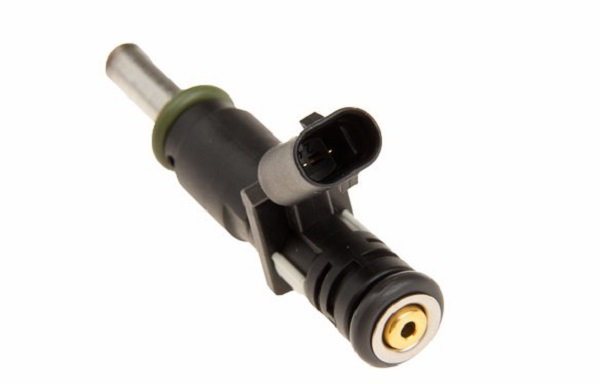
Step 5 – Check for low compression
Checking for low compression is another one of those easy items to check. You simply replace the spark plug with the the compression tester (follow the manufacturer's instructions) and note the results. Repeat the process with all the other cylinders. If one cylinder is registering much lower that the others, that could be the cause of the engine misfire, low compression, and poor performance. Low compression could be caused by a slew of things, and none of them are good. Time to visit the auto parts store and perhaps, some of those compression additives may be able to help, at least temporarily.
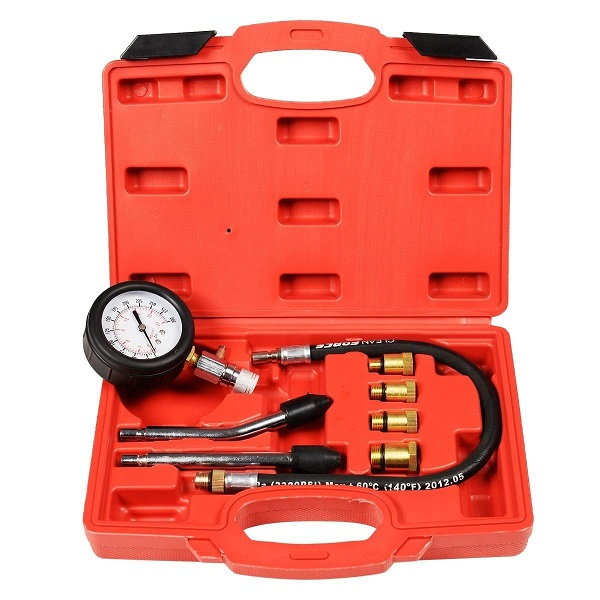
Step 6 – Check the catalytic converters
Your car may idle fine and even accelerate well at low speeds, but the engine can't get out of its way when more power is called for. What this means is that unburned fuel ends up going through the catalytic converter. Unfortunately, this unburned fuel gets burned in the catalytic converter, causing it to overheat and thus fail. At the same time, rising back pressure causes the engine to misfire and loss of power.
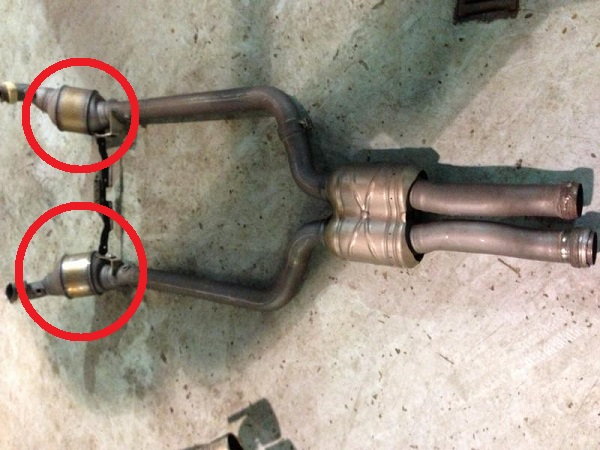
Related Discussions
- Sudden Loss of Power - MBWorld.org
- CEL On, Lost Power - MBWorld.org
- Car in Limp Mode - MBWorld.org
- Help, Lost Power - MBWorld.org




